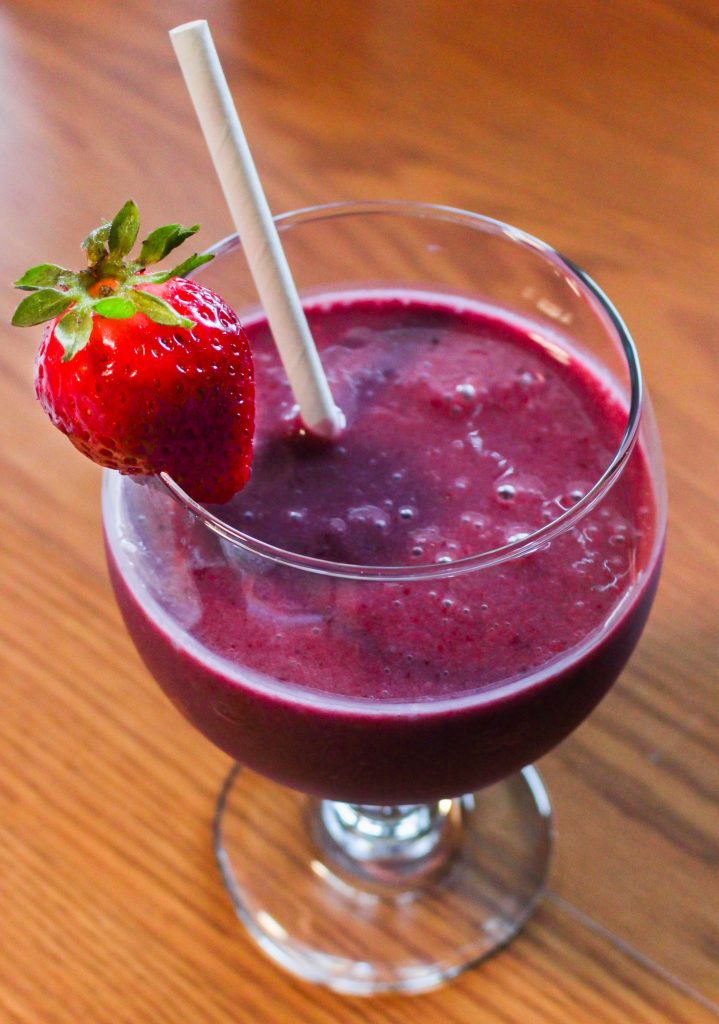
Rebecca Meyers | Lifestyle Editor
Along the stretch of Portland Road in Salem, a small market’s parking lot is currently home to two food trucks: one selling classic street tacos and another with a complementary array of desserts unlikely to be found in many other places. Don Bigote is something I didn’t know I needed: a churro-and-ice cream-centric range of desserts.
To be clear, there are not just desserts on this menu — there are a few wraps and fry options — but they do make up a bulk of it. And for good reason; this is clearly Don Bigote’s specialty. Ice cream sandwiches made with fresh churros, churro banana splits, plantains doused in chocolate sauce whipped cream, crepes filled with fruit and whipped cream and churros rellenos — or filled with creams or jellies — are just a few items on the list.
In short, this is the perfect place to go when you’re craving the kind of ridiculous sweet and fried goodness you’d find at a county fair.
Deciding I couldn’t not try one of their advertised handcrafted churros, I ordered a churro ice cream sandwich, because go big or go home. The two fresh fried treats sandwiched a generous scoop of Oreo ice cream and was also drizzled in fudge and, interestingly, fruity pebbles, which I found surprising but didn’t object to.
Obviously, it was quite tasty. I found the ice cream to churro ratio perfect, and the additional toppings not overdone so that the two main flavors were what really stuck out.
Overall, the ambiance is quite nonexistent and there’s not much to be said about location. However, the next time I have a reason to drive up Portland Road, I would gladly make a slight detour to pick up a milkshake with a churro as a straw from a very pleasant staff. I would, however, advise anyone doing the same to check their hours, as they vary by the day.
Overall Rating: I would recommend Don Bigote.
Contact the author at howllifestyle@wou.edu
Photo courtesy of Rebecca Meyers












